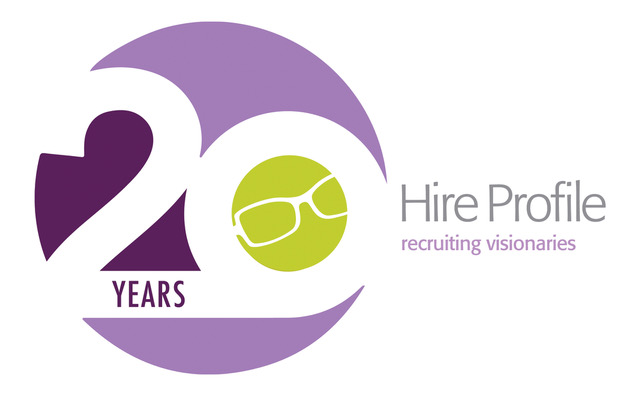By Kelli Kelley
As a creative professional who has witnessed the evolution of brand marketing over two decades – from traditional media outreach to digital analytics – I’m fascinated by how our industry continues to transform. The creative landscape today demands a new kind of talent. Where designers once focused solely on aesthetics and developers worked in isolation, successful creative professionals now seamlessly blend design thinking with technical proficiency, understanding both the “why” and “how” of creative solutions. This shift mirrors my own journey from traditional marketing to building comprehensive digital strategies that bridge the gap between creativity and technology.
This evolution directly responds to the increasing complexity of modern marketing challenges. Through my work with clients across industries, I’ve seen how solutions now require both visual appeal and technical sophistication. A few years back, while developing a website for a custom home builder, our success hinged not just on stunning design, but on understanding SEO best practices and user experience optimization – elements that led to significant improvements in mobile engagement and lead generation.
The Rise of Cross-Functional Creativity
Today’s creative projects require a deep understanding of multiple disciplines. When we helped a client grow “The HR Huddle” podcast, success demanded more than just content creation. It required audio production, distribution strategy, and digital marketing expertise to achieve meaningful audience growth and secure sponsorships. This type of project exemplifies how modern creative roles have evolved beyond traditional boundaries.
Several factors drive this shift:
- Digital transformation demands creators who understand design principles and technical capabilities
- The explosion of marketing channels demands professionals who can adapt designs across multiple platforms while maintaining brand consistency
- Client expectations now include faster turnaround times and integrated solutions
- Data-driven decision-making requires creative professionals to understand analytics
Impact on Hiring and Team Structure
For hiring managers, this evolution presents both challenges and opportunities. The traditional method of building creative teams—hiring specialists for each distinct role—has transformed into a more fluid approach. Teams now need members who can wear multiple hats and adapt to rapidly changing project requirements.
When evaluating candidates, hiring managers should look beyond traditional portfolios and resumes. Key indicators of successful cross-functional talent include:
- Demonstrated ability to bridge the gap between creative concepts and technical execution
- Track record of collaboration across different disciplines
- Willingness to learn and adapt to new tools and technologies
- Strong problem-solving skills that combine creative and analytical thinking
Developing Cross-Functional Teams
In my role developing content strategies for technology organizations, I’ve seen firsthand how crucial it is to create environments where diverse skills can thrive. For example, when developing thought leadership campaigns for a non-profit focused on bringing together local technology executives, we combined data analytics with creative storytelling to achieve significant growth in social engagement. This success stemmed from understanding both the technical aspects of social media algorithms and the creative elements that drive meaningful connections.
The Future of Creative Work
As we look ahead, the demand for cross-functional talent will only increase. Through my experience transitioning from traditional marketing to digital-first strategies, I’ve watched emerging technologies reshape our industry. When I first started, social media management meant simple post-scheduling. Now, it requires an understanding of platform algorithms, paid media strategy, and analytics – all while maintaining creative excellence.
For creative leaders, adapting to this evolution means:
- Investing in ongoing training and development programs that help team members expand their skill sets
- Creating flexible team structures that can adapt to changing project requirements
- Developing hiring strategies that prioritize adaptability and learning potential alongside technical skills
Practical Steps for Hiring Managers
My work with clients across industries has revealed several key strategies for thriving in this evolving landscape:
- Revise job descriptions to emphasize the value of diverse skill sets and learning ability
- Create assessment processes that evaluate both technical proficiency and creative thinking
- Develop career paths that encourage skill expansion and cross-disciplinary growth
- Build training programs that support continuous learning
The Bottom Line
Having navigated the transition from traditional to digital marketing myself, I believe the future of creative teams thrives on bridging disciplines and adapting to changing requirements. Cross-functional talent contributes multiple skills and brings a broader perspective and innovative solutions to creative challenges.
For hiring managers, this evolution requires a new approach to building creative teams. Success comes from building teams of adaptable, curious professionals who can collaborate across disciplines to deliver integrated solutions.
The creative industry enters an exciting era where the boundaries between disciplines continue to blur. Organizations that embrace this change and invest in cross-functional talent will deliver the innovative solutions that clients demand.

Kelli F. Kelley is the Founder and CEO of brndMethod Creative Agency, specializing in content strategy, digital marketing, and brand development. With 20+ years of experience, she helps organizations transform their digital presence through integrated marketing solutions spanning podcast production, website development, and social media strategy. Her expertise in implementing data-driven campaigns enables organizations to achieve meaningful engagement across multiple marketing channels.

